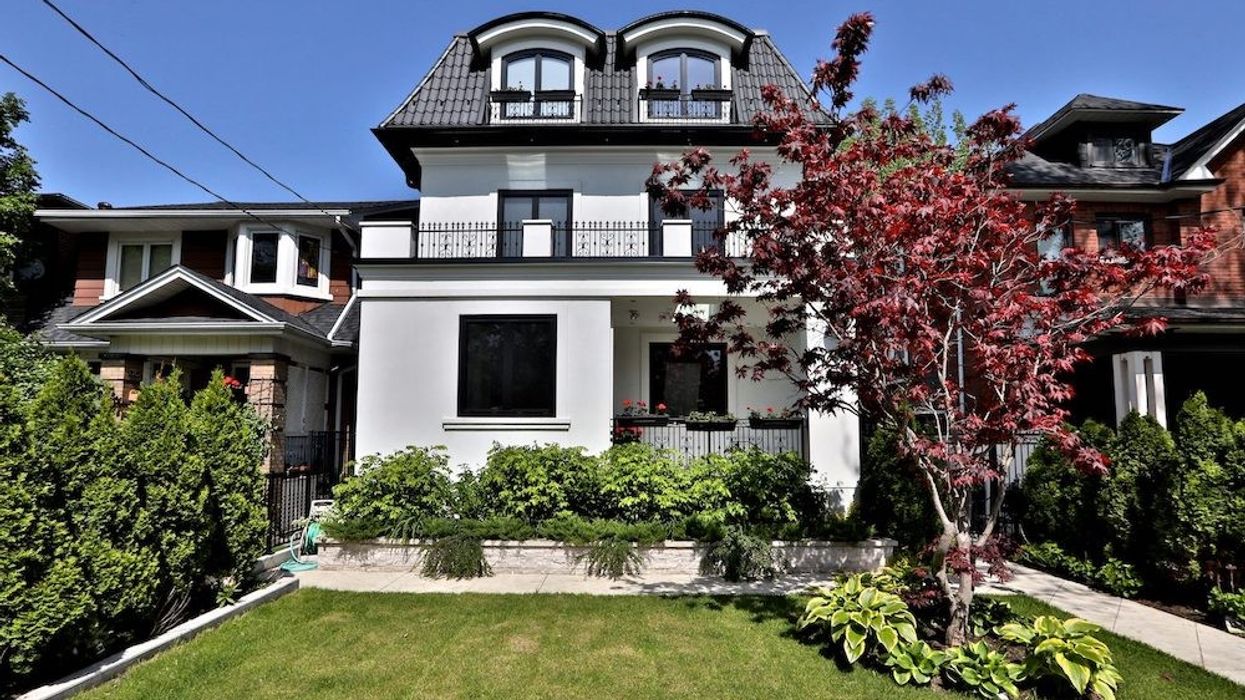Despite recent softening in Canada’s largest housing markets, it’s no secret that national home prices have witnessed gargantuan gains in the last 24 months. New analysis shows just how above the norms the cost of housing has reached: a whopping 38% above trend in Q1, the widest deviation in 40 years.
The report, titled “Bringing Down the House - Corrections Past and Present,” and authored by BMO’s Senior Economist Robert Kavcic states that historically, home prices experience 3% growth annually, dating back to the 1980s; this reflects inflation, wage growth, and falling interest rates. However, in the “current episode,” real home prices have surged by more than a third over the last two years -- “clearly stretching beyond that long-run baseline growth trend.”
READ: “Fear of Getting Screwed:” Growing Remorse Pushes Buyers to Renege
This growth, he posits, can be attributed squarely to the F-word: froth, driven by excess buyer demand and market psychology, rather than being underpinned by supply-and-demand imbalance fundamentals. Much of this has been concentrated in the markets on the outer edges of the Greater Toronto Area: while City of Toronto prices rose 41% over the timeframe, exurbs (one to two-hours drive outside of the city) rose by more than 70%, with similar surges experienced in cottage country.
This is in contrast to markets in Alberta, Kavcic points out, which are only now catching up to their baseline after five years of declines. Markets like Vancouver, Montreal, and Atlantic Canada can also be counted among the frothy ranks -- “but not to the extent of Southern Ontario,” he writes.
“Now,” adds Kavcic, “the Bank of Canada is on the scene and the market is softening sharply in some areas. So, when we speak of a housing correction it’s not a question of if, but where, how much and for how long?”
Further home price declines are on the horizon, as are interest rate hikes, with another 125 in basis point hikes anticipated by the end of the year. “That effectively means that the market will go from being priced at mortgage rates of roughly 1.5%, to somewhere in the 3.75%-to-4.5% range, depending how bond yields evolve,” Kavcic writes. “The difficulty is that home prices were already stretched versus income and interest rate levels at those ultra-low rates, so the upward move will be that much tougher to swallow.”
Should rates exceed that 4% threshold, he warns, it will “stretch our valuation metric beyond that seen in the late-1980s. The calculus suggests that a 10-20% decline in prices would be needed, all else equal, just to maintain current (stretched) affordability. Mileage will vary by market and region, as noted above.”
Just how long the blood will let depends on how the economy absorbs a tougher cost of borrowing and -- even more unpredictably -- when inflation stops its record-breaking growth pace.
Should the central bank fail to pull off that coveted “soft landing”, he writes, the housing market’s price correction could extend to a more “prolonged economy-driven weakness”. Fortunately, that isn’t the bank’s base-case view, with a rebound expected within a five-year horizon. “History suggests that localized price corrections in Canada usually take 2-to-3 years to bottom, and 4-to-5 years to fully recover. Interestingly, with the exception of oil-driven markets in Alberta, interest rates were the trigger for all major corrections since the 1980s,” he writes.





















